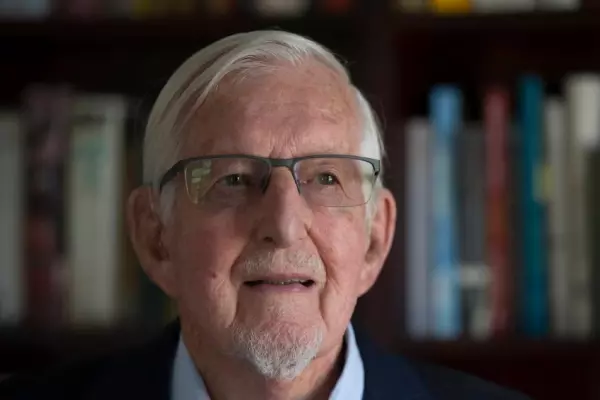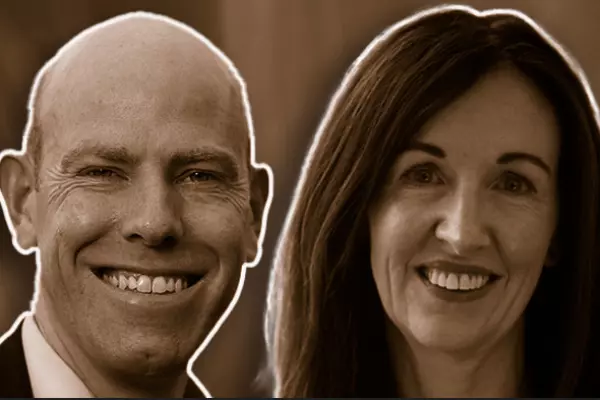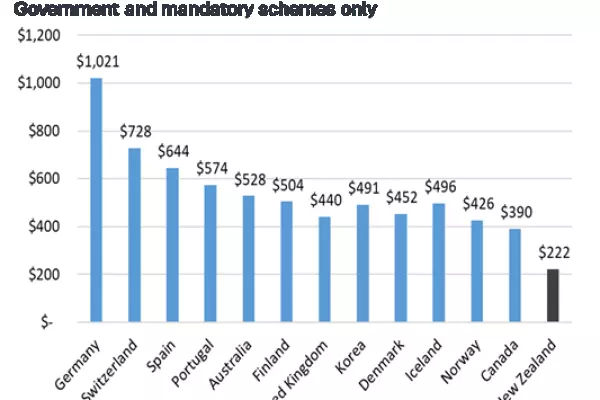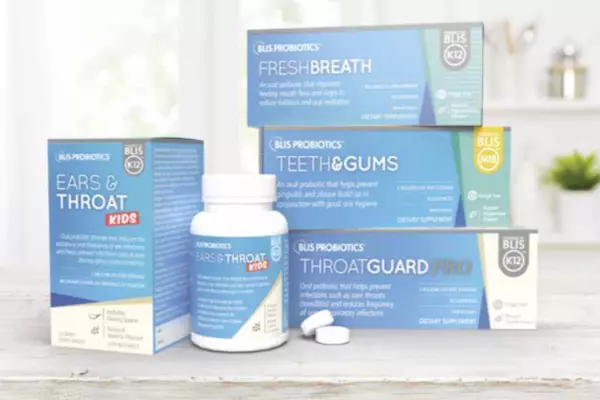A combination of covid and cut-price competition is accelerating pharmacy’s pivot from retail to primary care. But now pharmacists say the government needs to respond to the new reality by changing its funding model and expanding their role.
The introduction of in-supermarket pharmacies by the Countdown chain from 2012, and the launch of Australian behemoth Chemist Warehouse five years ago have had a major impact on retail revenue at independent pharmacies.
So, too, did covid – but the pandemic also showed how pharmacists have become an essential part of the primary care team, leading the vaccination rollout, delivering rapid antigen tests and dispensing antiviral medicines.
Pharmacy Guild chief executive Andrew Gaudin says: “Pharmacy has really stepped up and has played a vital role at a critical moment."
In 2022, 47% of covid vaccinations were done by pharmacies. “What we’re wanting is less focus on retail and more on increased services to improve health and wellbeing.”
The government has already increased the range of vaccinations pharmacists can give and the medicines they can dispense without a doctor’s prescription, and health minister Andrew Little signalled a bigger role still for the sector in Te Pae Tata, the interim New Zealand health plan released in October.
He says the comprehensive primary and community care teams to be set up will include pharmacists and take some of the pressure off GPs.
“Pharmacists have unique medicines-management expertise that we can and should use better. Pharmacists showed what they can do during the covid-19 response, giving vaccinations and dispensing oral antiviral medicines. And, in this year’s flu-jab campaign – the biggest ever – they gave a quarter of the flu vaccinations.”
A new model
Retail sales in pharmacies were already dying by the time the cut-price pharmacy chains began to spring up here, says Pharmaceutical Society president Professor Rhiannon Braund. Now, she says, independent pharmacies simply can’t compete in that space.
“A standard community pharmacy in New Zealand cannot get the products at a wholesale price that the big boxes are selling them for at retail."
The big chains are offering free prescriptions to pull customers into stores, something independent pharmacies mostly couldn’t afford to do.
“They've taken advantage of a government tax and they've used medicines as a loss leader to sell products," Braund says. "They’ve shown traditional pharmacy that retail is dead and I think pharmacy already knew the retail aspect was dying.”
Market research this year by NielsenIQ and IQVIA showed that about a quarter of all pharmacy retail sales, valued at just over $1.1 billion, are now through discounters, despite them making up less than 10% of the roughly 1,100 pharmacies in the country.
Many pharmacies pivoted quickly in response and covid sped that up even further.
Says Braund: “We've got a public now that's much more aware of pharmacies open late nights and weekends. "You can go to a pharmacy, it's free, it's accessible, but you can't get into a GP for love nor money. Pharmacies have actually embraced that and said, 'Let's move into a new model'.”
But if pharmacies are to increase their role in the primary care sector, they need to be funded to do so.
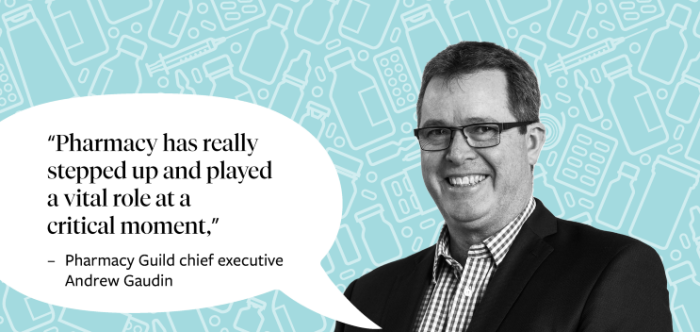
Braund says after Te Whatu Ora was announced, she spoke to Little about this. “I said, ‘Look, pharmacy needs to be paid twice. We need to be paid for our supply function, but we also need to be paid as a primary care professional. There’s an opportunity for pharmacy to contribute more widely, but it can’t just be for love.”
She also spoke to Little about a minor ailments scheme, similar to that run in the UK by the National Health Service there, which allows pharmacies to give advice and medication for a group of conditions from cold sores, constipation and coughs to headaches, hay fever and head lice.
“If your child has head lice or scabies, you can go to a pharmacy and you can buy a product for $30. If you go to a doctor, you can get a prescription, so it's free for a child.
"I've said, ‘Why do we not just bypass that and give it to the eligible kids for free?' We are using our doctors not for their clinical input but simply to bypass the funding mechanism.”
Small operators suffering
Pharmacy revenues are declining every year in the face of cut-price competition from the likes of Chemist Warehouse, but for some, covid had a very positive impact on income, says sector analyst Jonathan Roberts of chartered accountants Moore Markhams, which has run a benchmarking survey annually for the past decade.
“When we first did it, 27.5% of total pharmacy revenue was from retail. This year, it was down to about 20%. That’s quite a big drop.”
The survey, released on Dec 1, suggests it’s the smaller operators suffering the most. For those with annual revenue of less than $1 million, the profit before tax is just 1.9% of that, compared with the industry average of 9.4%.
Roberts says: “It’s really hard for those businesses. They don’t make a good profit and often aren’t able to sell if they want to."
Despite predictions that the big-box stores would be the death knell of the independent pharmacy, pharmacy numbers have actually grown.
Ministry of Health figures show that from July 2018 to last year, 69 pharmacies closed nationwide, but 97 opened. Roberts says most of the closures were small independents and the new openings were mostly the big chains.
Chemist Warehouse, which has revenue in Australia of A$3 billion ($3.2b) last year, now has 37 stores in New Zealand.
Many of Roberts’ clients would like to see further regulation around discounting, and education around the $5 prescription fee.
“Patients don’t really understand that the co-payment is a tax that the pharmacy collects on behalf of the government.
"If you’re a patient you just think, ‘If they can do it [offer free prescriptions] why can’t you?’ It’s an uneven playing field.”

For an average-sized pharmacy, free prescriptions would cost the business around $120,000 a year, and the guild has been advocating for the government to remove the part-charge.
Little says co-payments have been part of the health system since 1938 and removing them is not being considered for now.
The latest NZ Health Survey found the number of adults not filling prescriptions because of the cost had halved in the past 10 years, from 7.3% to 3.3%.
Just over 60% of the roughly 84 million prescriptions dispensed each year are free, either because of the cap on the co-payment after a family has had 20 paid scripts, or because patients are under 14.
Too many pharmacies, too few staff
Another problem is a growing workforce shortage.
Pharmacist recruiter Amelia Gardner says she has 74 roles – for pharmacists, pharmacy assistants, technicians and retail managers – on her books alone.
The Pharmacy Guild says its remuneration survey reported that more than 70% of pharmacies were having trouble recruiting a pharmacist and, although pharmacist pay has increased – up 18% between 2008 and 2022 – inflation rose 35% in the same period. Dispensing fees increased just 15%.
Gardner says the staffing shortages have been added to by former district health boards (DHBs) allowing too many pharmacies to open.
“The fact that a Chemist Warehouse that’s so powerful in a retail sense can open next door to an independent pharmacy which is offering all the services, and take away 50% of their retail income, has made it so hard."
In Australia, new pharmacies aren’t allowed to open within 1.5 kilometres of an existing one.
Braund agrees, pointing out that in Dunedin where she’s based, there are 10 pharmacies within a one-block radius of the main street.
Both the Pharmaceutical Society and the Pharmacy Guild welcome the Government’s decision to retain the majority pharmacist ownership requirement in the new Therapeutics Products Bill released last week. This means pharmacies must continue to be at least 51% owned by a pharmacist who controls the business.
Braund says she doesn’t know if it will impact the current chains, because that is the rule they’re currently operating under. “But it does make it harder for other entities and corporates to buy pharmacies without pharmacist involvement.”
Gaudin says the bill won’t address current inequities, however, with patients living outside the main centres having no choice but to pay the $5 prescription fee while the large retail chains in urban areas absorb the charge.
Little says Te Whatu Ora will look at what, if any, further market control is needed and it will consider access for high-needs patients and communities, including those in rural areas.
Historically, independent pharmacies earned about equal amounts from their dispensing and retail arms, but for the big chains, profits are skewed heavily towards retail.
In a DHB-commissioned review released in December 2020, Sapere Research Group concludes the current community pharmacy model isn't broken and doesn't need to be redesigned, but that there's a pressing need to develop a sustainable funding and pricing model.
“The current funding model still heavily incentivises volume dispensing over provision of clinical services," the review says.
But Little says if pharmacists do more, they’re paid more.
“We do pay pharmacists additional amounts for things we ask them to do outside their standard funding agreements.”
Braund says, with the health system in crisis, the Pharmaceutical Society wants a public conversation on the country’s medicines policy and the use of scarce resources.
"Healthcare isn’t free, it’s only ever funded. That’s what Chemist Warehouse has really highlighted – they’re not free prescriptions, it’s just that someone else is paying for them.”





